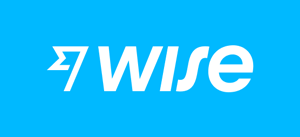Why compare money transfer services with Savvy?
100% free
There's no need to pay a dollar to compare money transfer services with Savvy, as you can do so for free at any time.
Compare offers in minutes
You can compare offers with competitive exchange rates, fees and transfer speeds in minutes with us.
Industry-leading providers
We're partnered with trusted and licensed money transfer companies to bring more quality to your comparisons.














